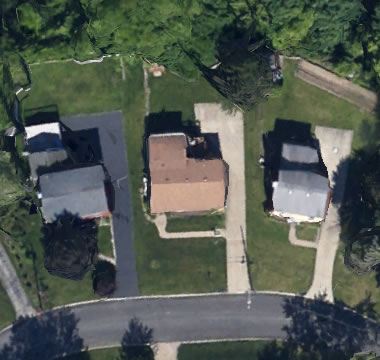
High resolution images and animations are available in visible light, infrared, and “geocolor” to show clouds and atmospheric conditions. View real-time imagery of North America, South America, and much of the Pacific Ocean from NOAA’s state-of-the-art GOES Satellites. Educators and students can sign up to collect data and anyone can access precipitation data updated daily.

The Community Collaborative Rain, Hail, and Snow (CoCoRaHS) Network is a community-based network of volunteers who measure and map precipitation in all 50 states. Click across the Data Snapshots, Dataset Gallery, Climate Data Primer, and Climate Dashboard sections to see different data visualizations. However, the ones we highlight here are user-friendly and usually address a single subject.Įxplore numerous education materials, maps and data related to climate topics. Often geared for researchers, these data resources come in a variety of formats and are not associated with lesson plans. The curriculum modules in Estuaries 101 feature hands-on learning experiments, field work, interactive maps, and data explorations using data from NOAA’s network of 28 National Estuarine Research Reserves. The five modules address research questions and include stepped levels of engagement with complex inquiry investigations with real-time and past data.Įstuaries 101 Real-time Data System Wide Monitoring Program (SWMP)Įstuaries 101 helps students and teachers increase their knowledge of coastal and estuarine science and how estuaries affect their daily lives. These modules are designed with a three-dimensional approach to teaching in mind and use a data literacy framework.ĭata in the Classroom has structured, student-directed lesson plans that use historical and real-time NOAA data. Students learn about carbon cycling, ocean acidification, and other phenomena related to climate change. This collection uses real-time environmental data in self-directed student activities exploring the natural world. It also includes real-time data and a thorough background on the carbon cycle and greenhouse effect.Ĭlimate & Data ACLIPSE Activities offsite link This activity familiarizes students with carbon cycle science, specifically focusing on the trends in atmospheric carbon dioxide. They use NOAA data in lesson plans and curricula for a straightforward experience.



 0 kommentar(er)
0 kommentar(er)
